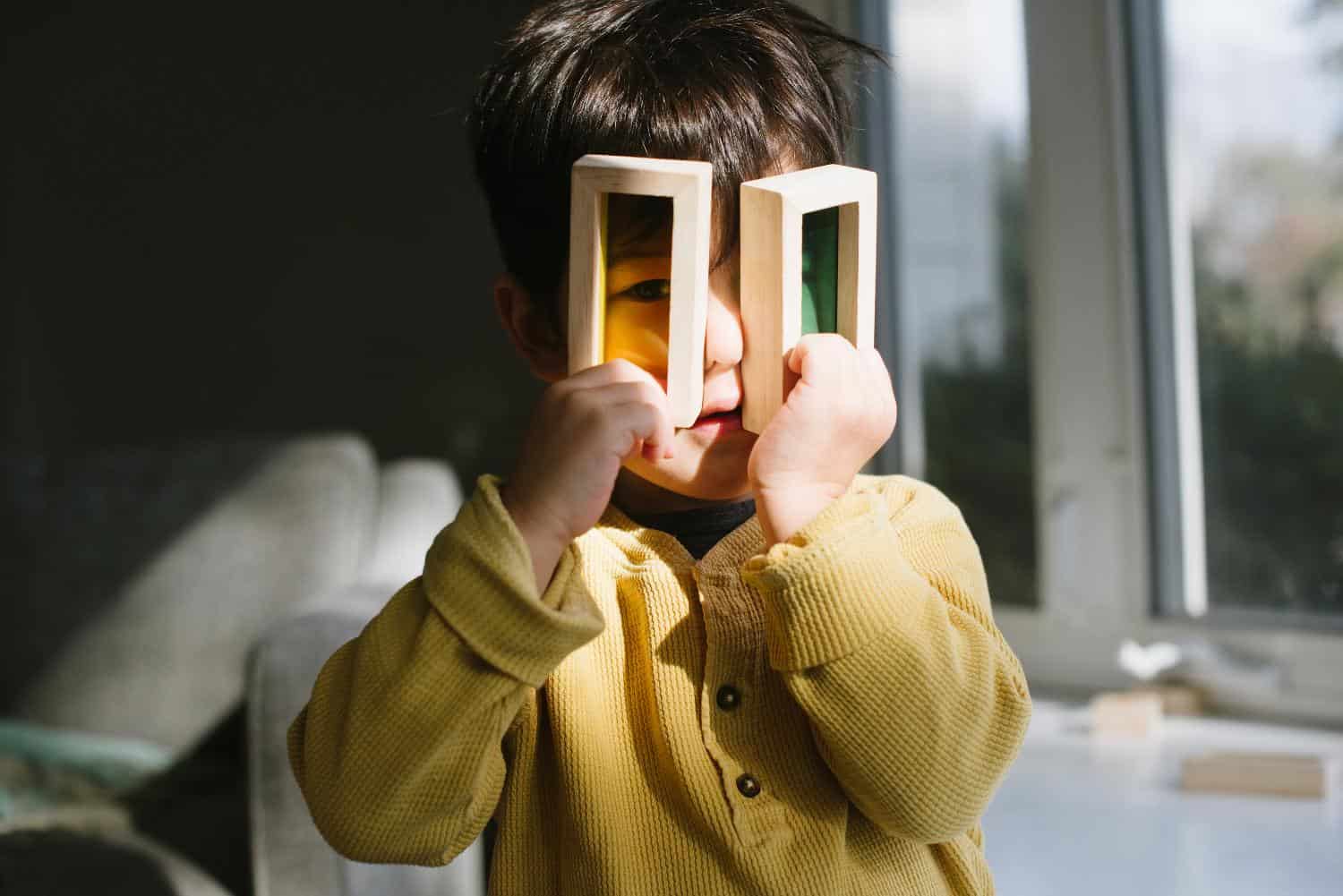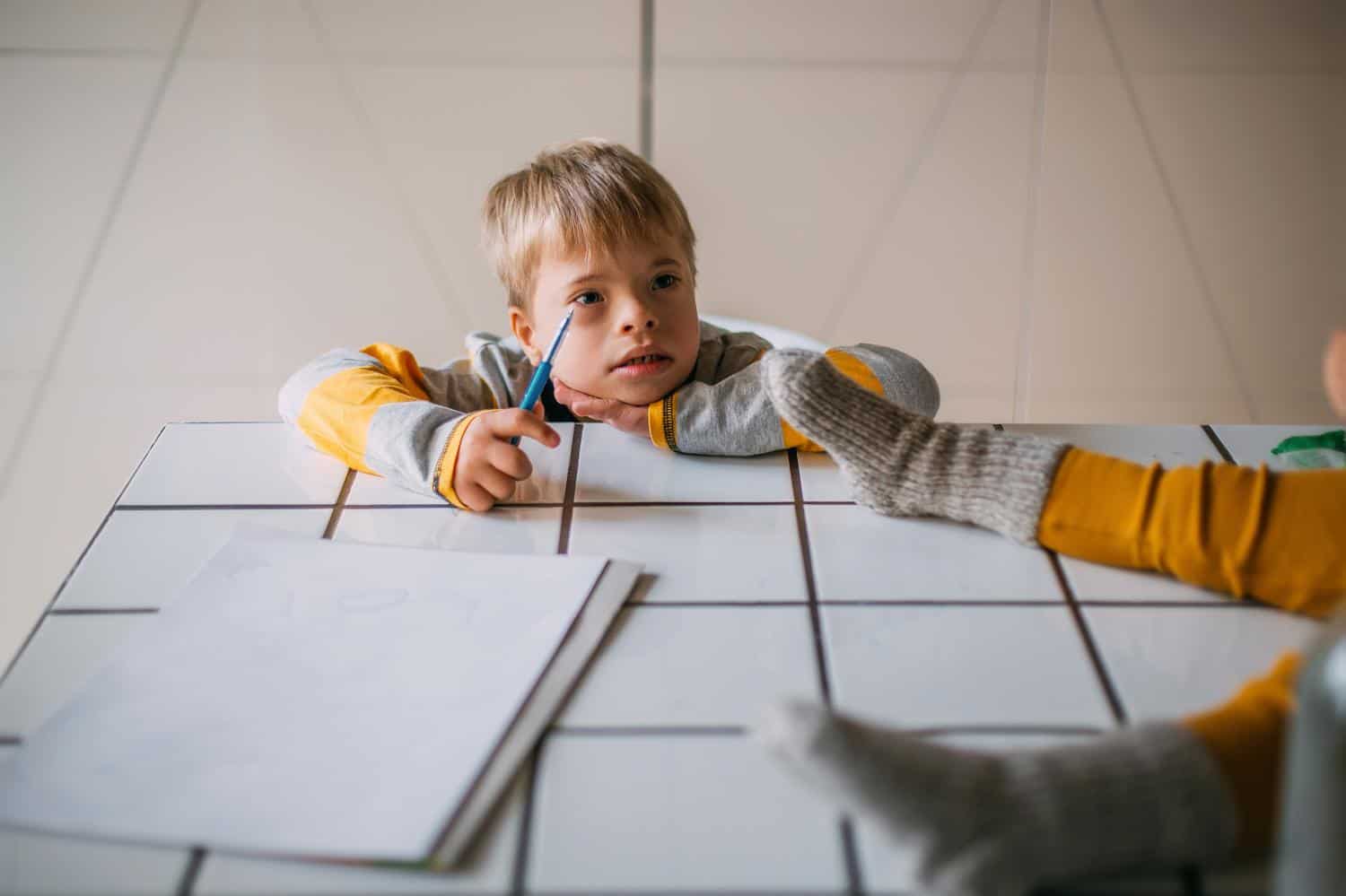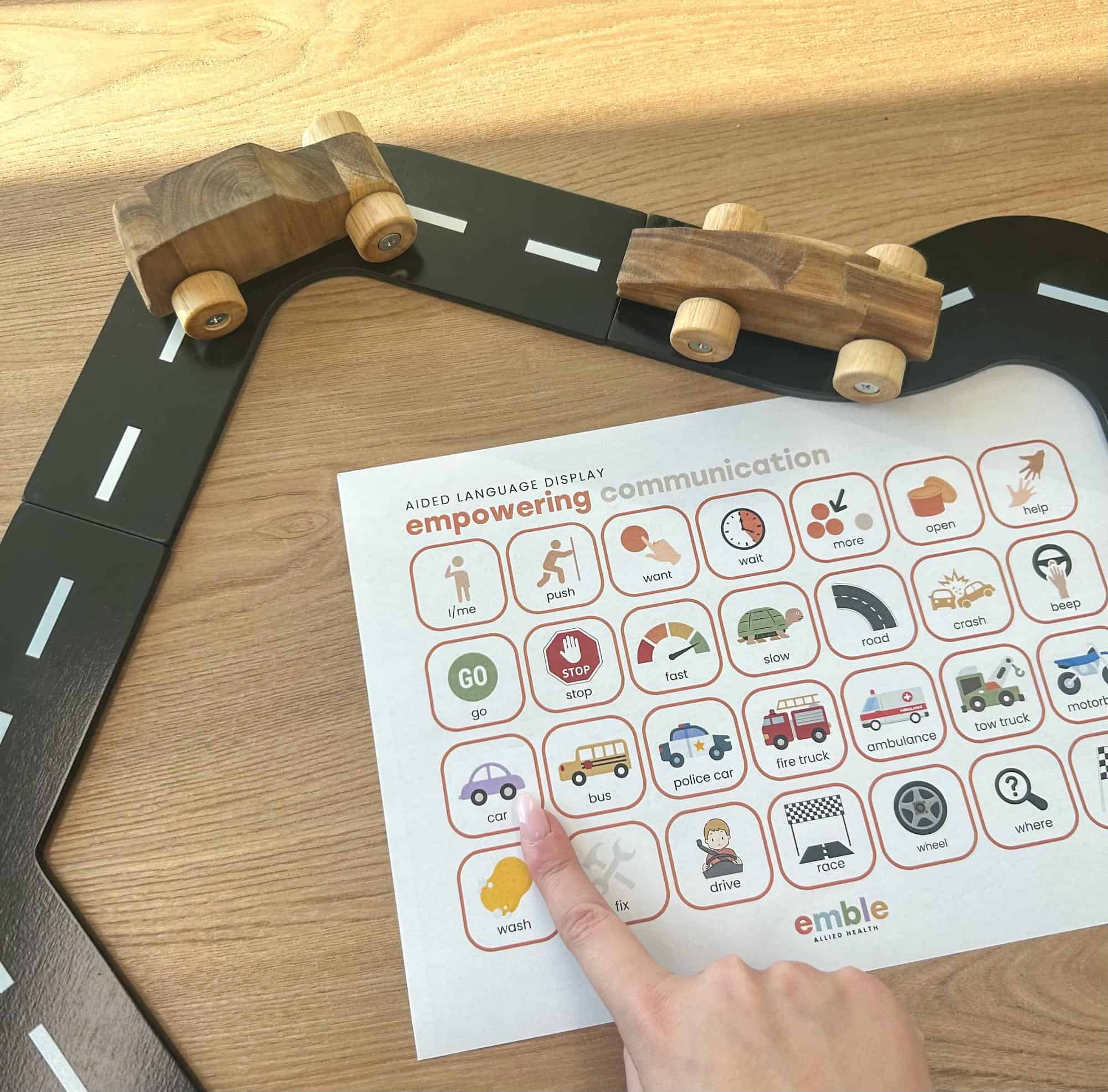PARENT RESOURCES
Understanding Sensory Processing: An Introductory Guide for Parents
Sensory processing refers to the way our bodies interpret and respond to sensory information from our environment. By exposing children to a variety of playful sensory experiences, we can help them learn to process and respond appropriately to different stimuli. Let’s explore the various sensory systems and how they work.
The Olfactory System
The olfactory system helps us sense and understand the smells around us by sending information through nerves to the brain. It can distinguish between thousands of different smells, helping us recognize whether they are pleasant, unpleasant, strong, weak, or possibly harmful.
The Auditory System
Our auditory sense allows us to receive and process information from the sensory organs in our ears. When a sound enters our ears, it travels to our brains where it’s analysed so we can understand and react to it.
The Oral System
Oral sensory processing is how our brains receive information from our mouth and jaw. When we eat or drink, our mouth sends signals to our brain about what we’re consuming, including its temperature, texture, and taste. Additionally, our brain gets feedback from the joints in our jaw as we bite and chew.
The Proprioceptive System
Proprioception is how our joints and muscles send messages to our brains to tell us about our body’s position and movement. It helps us understand how much force we’re using and the direction of our movements.
The Vestibular System
The vestibular sense is all about balance and movement and is located in the inner ear. When we move our heads, the fluid in the tiny organs of the inner ear moves and shifts, giving us constant information about where our heads and bodies are in space (our spatial awareness).
The Tactile System
The tactile sense is how we interpret information from the receptors in our skin. When we touch something, our nervous system receives signals that help us understand pressure, temperature, texture, and other qualities of the object. This sense also allows us to identify exactly what we are feeling.
The Visual System
The visual system is how we see and understand the world through our eyes. When we look at something, it’s because of light entering our eyes. This light travels through various parts of our eyes, sending visual information to the visual cortex in our brains. There, the brain identifies and interprets what we see, including colours, depth, and where objects are located in space.
Interoception
Interoception is the sense that helps us understand internal body sensations, such as hunger, thirst, or the need to use the restroom. It provides essential feedback from our internal organs and systems, helping us regulate our body’s needs and maintain equilibrium.
How Occupational Therapists Can Help
Occupational Therapists work with children and families to support sensory regulation. They provide strategies and activities that target each sensory system, helping children improve their ability to process and respond to sensory information.
share on socials

Talia Pulis








